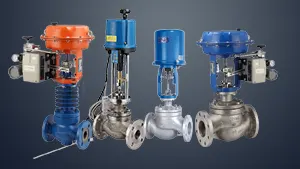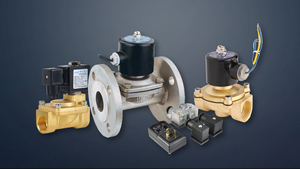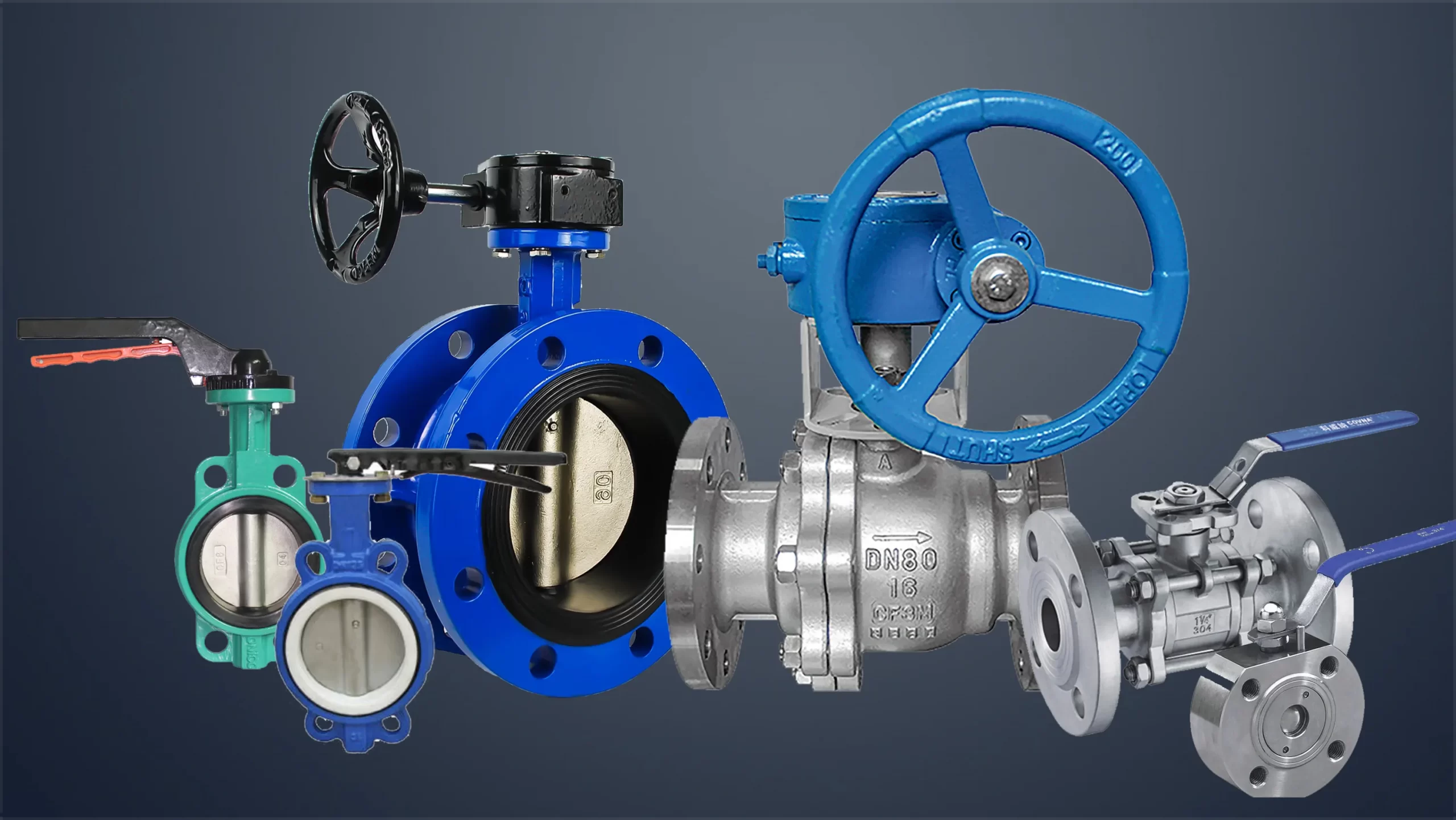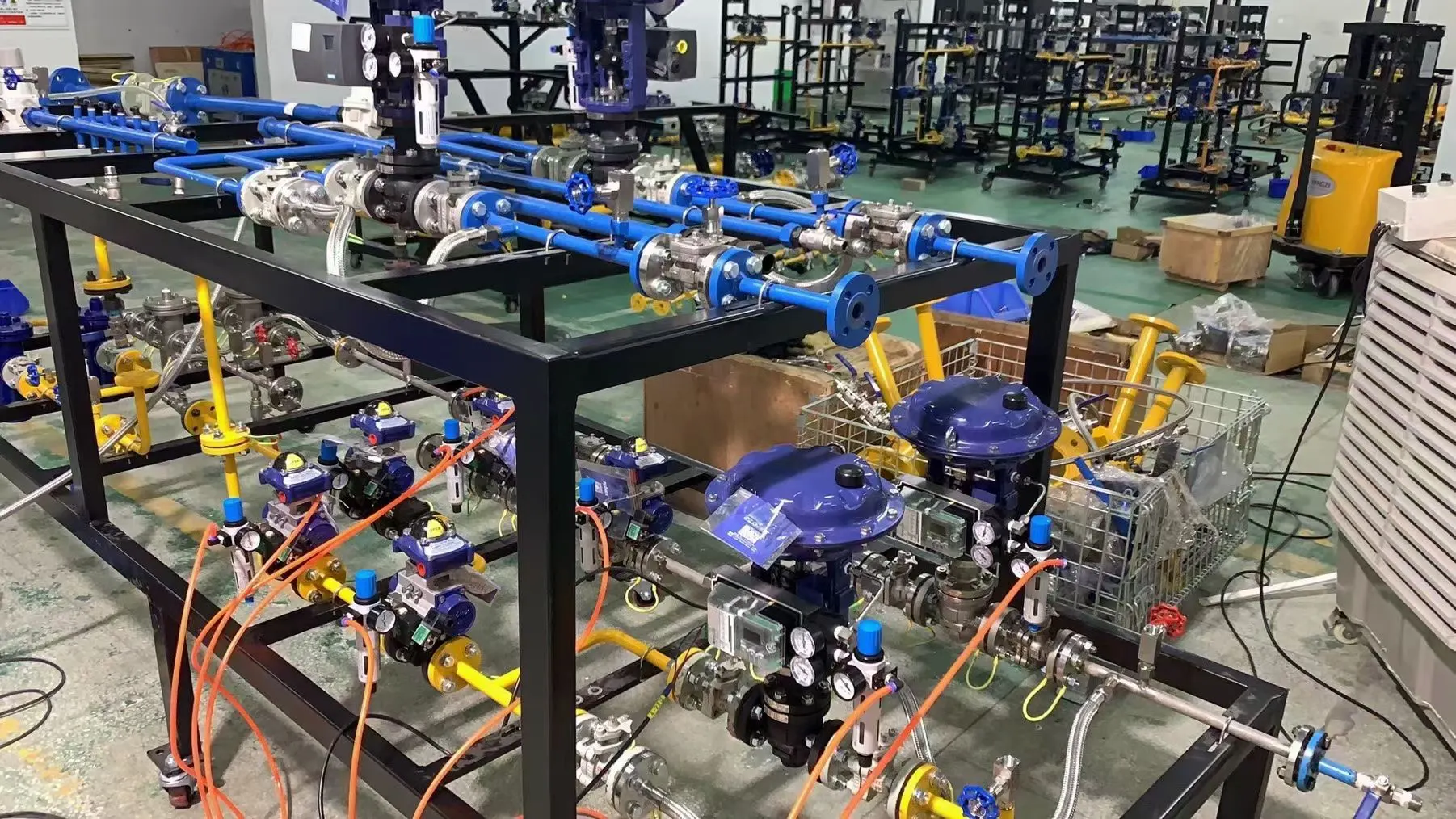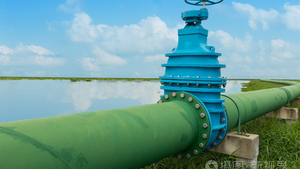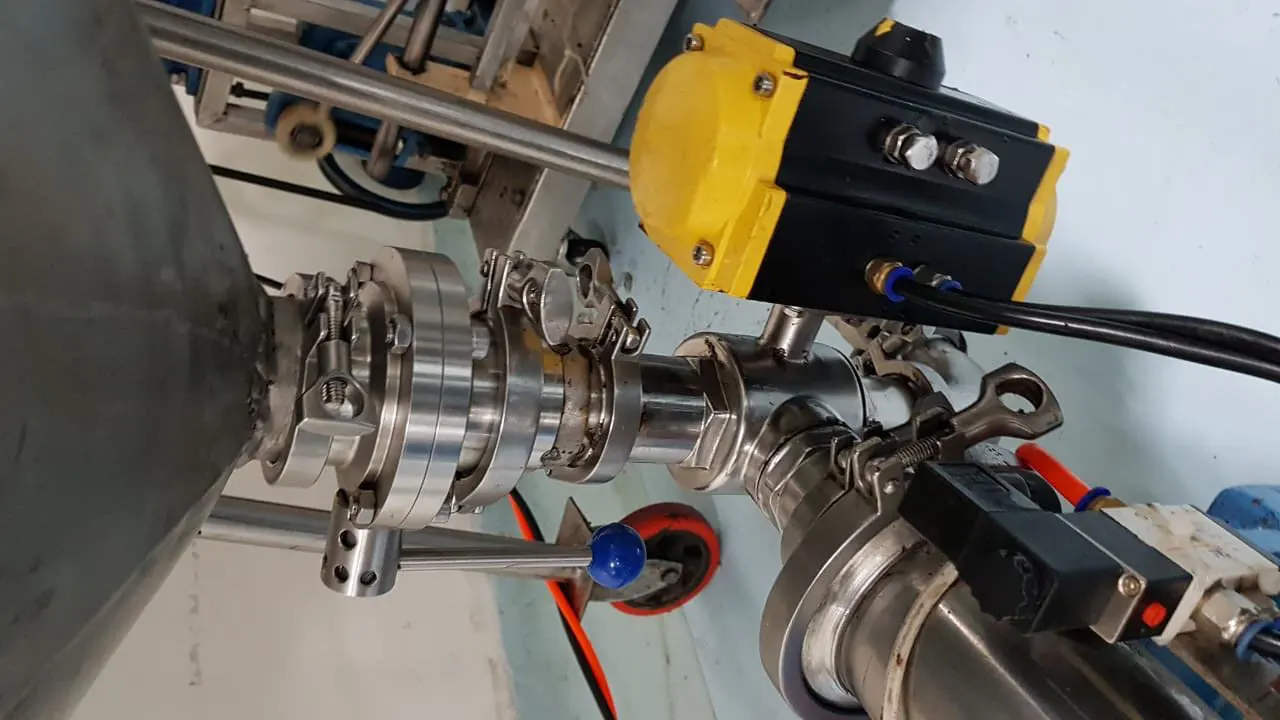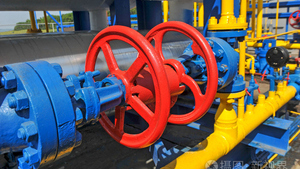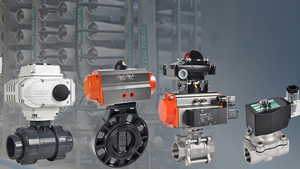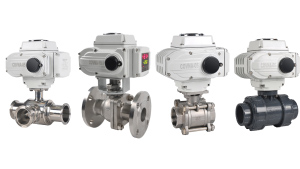This time we’ll explain how to choose a butterfly valve versus a ball valve. What are the factors to consider when choosing. Before that, let’s understand the ball valve and butterfly valve.
Ball valves and butterfly valves are considered some of the simplest control valves in the market. They are compatible with different fluid mediums and are used across a broad range of temperatures and pressure. Both valves are quarter-turn, meaning a 90-degree rotation will take the valve from fully open to fully close and vice versa. They can also be controlled manually or using electric, pneumatic and hydraulic actuators. Affordability, easy maintenance, reliability, and durability make these valves more widely accepted than the other types.
- Advantages and Disadvantages of Butterfly Valve vs Ball Valve
Weight and size:
Ball valves are heavy and require significant support, while butterfly valves are lighter even at larger pipe diameters. Butterfly valves are highly recommended for applications that require larger pipe diameters (i.e., those above DN 150). Ball valve works well for size diameters below DN 50.
Leakage:
Ball valves offer a tight seal for high-pressure applications, while butterfly valves are prone to leakages at relatively high pressures.
Installation Space:
Butterfly valves have a smaller installation footprint than ball valves.
Cost:
Butterfly valves are cheaper than ball valves, especially for larger diameter sizes.
Connection Style:
Ball valves have a wide range of connection types with flanges or threads, while butterfly valves are limited to flange style with a wafer or lug design.
Flow Control:
Ball valves are ideal for ON/OFF control and modulation purposes. It also comes with a full port valve design option that eliminates pressure drop in the valve. On the other hand, butterfly valves are only suitable for ON/OFF control, plus the valve disc restricts fluid flow, creating some pressure drop. - Butterfly Valve vs Ball Valve
Parameter Butterfly Valve Ball Valve Weight Butterfly Valves are Light Weight Valves. Hence, transfers less load to pipe supports. Heavy Weight is the characteristics of Ball Valves Structure The butterfly valve consists of a thin disk in a thin body. Simpler design. Ball valves have a sphere-like disc inside a bulky body. Complex design. Space Requirement Installation Space requirement of butterfly valve is less. Ball valves need more installation space than butterfly valves. Leakage At high differential pressure, butterfly valves are prone to leakage. Ball valves provide a tight seal. Flow Restriction The butterfly valve disc restricts the flow by creating a large pressure drop. Ball valves have less pressure drop as compared to butterfly valves. Application Suitable for ON/OFF control and proportional control Suitable for modulating and ON/OFF Control. However, they are more used for isolation purposes. Cost Butterfly valves are cheaper Ball valves are expensive Connection Butterfly valves have a flange style with a lug or wafer design A range of connections is available for ball valves. Uses Used for Liquid service applications Ball valves are capable of handling both liquid and gases. Operating Condition Mainly used for low temperature and pressure services Suitable for high temperature and pressure services No of Ports Butterfly valves can have only two ports Ball valves can have more than two ports. - Summary
When selecting between a ball valve and a butterfly valve, you should consider all the product features, ideal use cases, and pros and cons. Understanding your system requirements and valve design expectations will also help you in decision-making. The number of ports required, flow regulation, flow capacity, and operating conditions are the key factors to consider. You also want to choose a product from a reputed manufacturer that has a positive track record in the market. Seeking professional guidance during the selection process is highly recommended, especially if you are new to fluid control.
Reference: https://whatispiping.com/butterfly-valve-vs-ball-valve
Tags: Motorized valve, pneumatic ball valve, pneumatic butterfly valve
--- END ---




